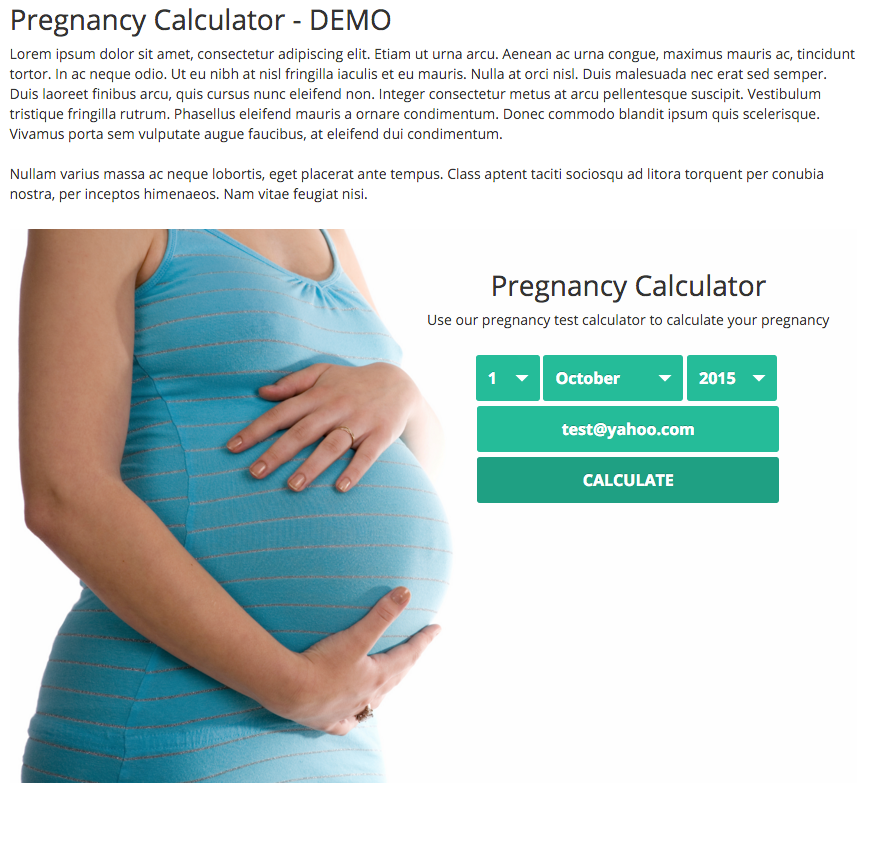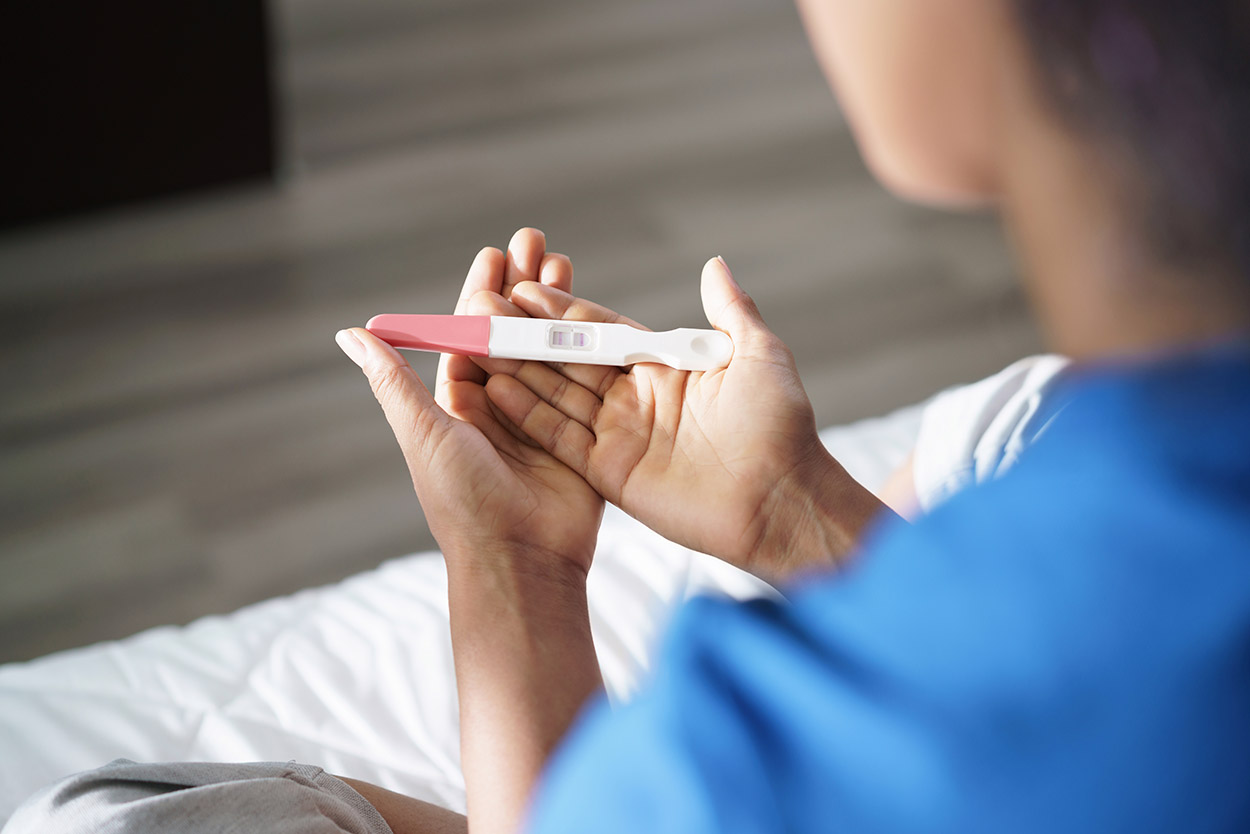

In other cases, the egg, sperm, or portion of the embryo may not be high quality enough to successfully implant.Īfter a sperm fertilizes an egg, cells in the embryo start to rapidly divide. In some cases, a woman’s uterine lining isn’t thick enough for implantation. This can be a medical emergency because the pregnancy cannot continue and can cause fallopian tube rupture.įor other women, the blastocyst of fertilized cells may not implant at all, even if it reaches the uterus. As a result, the embryo could implant in the fallopian tube (improper location), which would cause a condition called an ectopic pregnancy. It’s possible to have damaged fallopian tubes due to a history of pelvic infections or other disorders. Unfortunately, just because an egg is fertilized, it doesn’t mean that a pregnancy will occur. Doctors call the fertilized egg an embryo. If the egg is fertilized, it will usually rapidly travel into the uterus and implant. It’s here that sperm usually fertilize the egg. This is a pathway from the ovary to a woman’s uterus.Īn egg takes about 30 hours to travel from the ovary down the fallopian tube, according to the University of California San Francisco.Īs the egg travels down the fallopian tube, it lodges in a specific portion called the ampullar-isthmic junction. Sperm usually fertilizes the egg in the fallopian tube. Some women may benefit from assisted reproductive technologies like intrauterine insemination or in vitro fertilization if there are issues preventing healthy sperm from meeting a healthy egg naturally. Some conditions cause the sperm to die before they can swim to the fallopian tubes. If a man’s sperm aren’t motile enough and can’t travel that far, conception can’t occur.Ī woman’s cervix must also be receptive enough for the sperm to survive there. While only one sperm is needed, the sperm must travel past the cervix and uterus into the fallopian tubes to fertilize the egg. High-quality sperm are also required to reach and fertilize the egg. This is most true after age 35, according to the Royal College of Obstetricians and Gynaecologists. As she gets older, the quality of her eggs diminishes. A woman is born with the number of eggs she will have throughout her lifetime. Some women have medical conditions that prevent them from ovulating altogether.Ī woman must also release an egg healthy enough for fertilization. First, a woman must release a healthy egg. Conception-related concernsĬonception requires several steps to come together. This increases the chances that sperm will be present in the fallopian tube to fertilize the egg once it’s released. Most doctors usually recommend having unprotected sex starting about three to six days before you ovulate, as well as the day you ovulate if you wish to become pregnant. Or, if a woman has sex during the time the egg has been released, the sperm could fertilize the just-released egg.Ĭonception comes down to timing, the health of a woman’s reproductive tract, and the quality of a man’s sperm.

Therefore, when the ovary releases the egg, sperm that are already present from intercourse a few days before could fertilize it. However, sperm can live for several days in a woman’s body.

Usually, an egg has about 12 to 24 hours where it can be fertilized by sperm. If there’s sperm present in a woman’s fallopian tube when this happens, the sperm could fertilize the egg.

This would fall around day 14 in a 28-day cycle, but it’s important to remember that even normal cycle lengths can vary.ĭuring ovulation, one of the ovaries releases an egg, which then travels down one of the fallopian tubes. Ovulation usually occurs around the midpoint of a woman’s menstrual cycle. Doctors consider day 1 of a menstrual cycle the first day of a woman’s period. Conception occurs during the part of a woman’s menstrual cycle called ovulation.


 0 kommentar(er)
0 kommentar(er)
